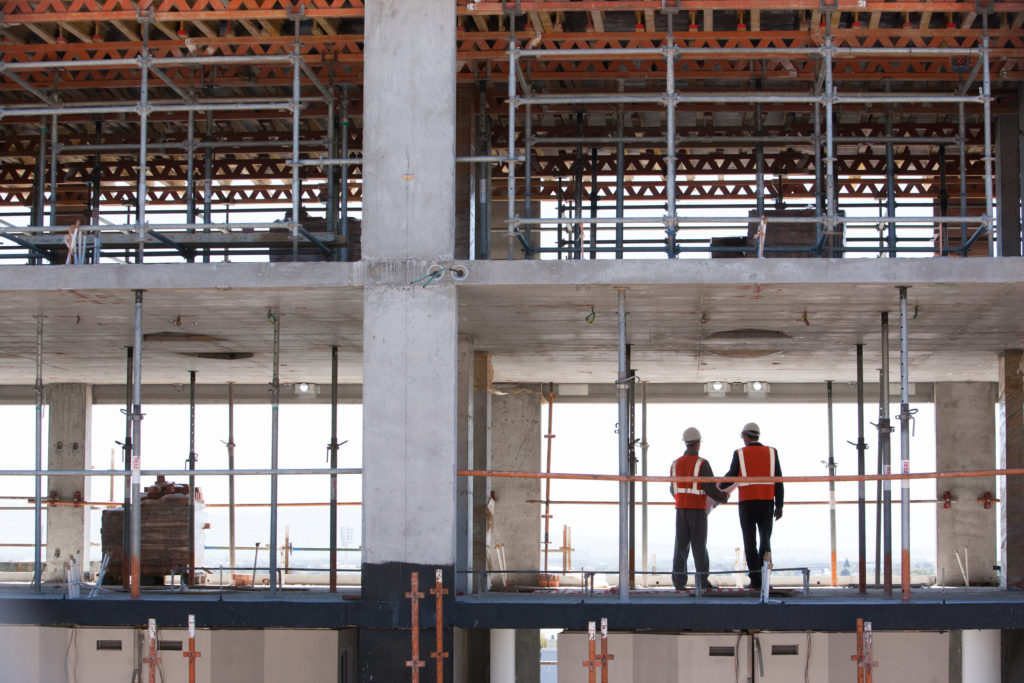Key points:
- Almost a quarter of respondents to the October Indeed Australian Job Search Survey were actively searching for work, unchanged from September.
- Jobseekers in New South Wales were more active than in other states, perhaps reflecting the jobs lost due to economic restrictions and the state’s recent reopening.
- Search intensity is higher among unvaccinated respondents. However, Australian businesses are increasingly favouring vaccinated candidates.
Job search intensity was little changed in October, compared with September, according to the latest version of Indeed Hiring Lab’s Job Search Survey. The Survey has polled 3,500 people each month, ages 18-64, since July.
In October, almost 25% of respondents were actively searching for work. Although practically unchanged from September, there has been a clear decline in job search intensity since July and August when around 30% of respondents were actively searching for work.
A lack of jobseeker urgency has been a problem for businesses, particularly medium-size and large ones, this year. Around 45% of medium-size businesses and 43% of large businesses report difficulty finding suitable staff, with a shortage of appropriate candidates the most common cause. Our data suggests that the issue has arguably become worse, not better, in recent months.
Search urgency still high in New South Wales
In October, 28.9% of respondents in New South Wales were searching actively for work, compared to 23.6% in Victoria and 23.0% in the rest of Australia. And among those active jobseekers, respondents in New South Wales were more likely to consider their job search urgent.
There are a couple of reasons that might explain the higher search intensity in New South Wales. First, employment in New South Wales has fallen 5.6% since June, which was larger than the 2.2% decline in Victoria. Second, our October survey began on the same day that the New South Wales economy reopened.
In November, with Victoria opening up, it will be interesting to see whether job search intensity picks up there as well.
Search urgency higher among non-vaccinated jobseekers
In October, 11% of unvaccinated respondents were actively and urgently searching for new work, compared with 8% of vaccinated respondents. An impediment to job search among unvaccinated jobseekers could come directly from businesses—an increasing share of Australian job postings are requiring vaccination for consideration.
With vaccination rates rising rapidly nationwide, vaccination requirements are unlikely to be a big deal for a vast majority of jobseekers, including many who responded to being unvaccinated in our survey. Nevertheless, for those vehemently against vaccination, the selection of jobs available may become increasingly slim.
Conclusion
The demand for workers has surged recently, following the reopening of the Sydney and Melbourne economies. This is currently a favourable labour market for jobseekers, with businesses competing for the best candidates.
Nevertheless, job search intensity among Australian jobseekers remains relatively low and certainly lower than a few months ago. If these dynamics persist then we’d expect recruitment to become more challenging, with skill-shortages increasingly widespread.
Methodology
This blog post is based on an Indeed online survey conducted October 11-20 of 3,500 Australian adults 18-64. Weights were applied to each survey to match respondent distributions across age, gender and education, based on data from the Australian Bureau of Statistics.
Major changes at the national and state survey results, along with vaccination status, were tested for statistical significance and found to be significant at the 5% level. The threshold for statistical significance depends on the question asked and the number of respondents.
For example, between the September and October surveys, a difference of at least 2.1% points is required for the change in the share of the national population that is actively searching for work to be statistically significant at the 5% level. The threshold for significance is higher again when examining state trends due to the small number of respondents for each state.






